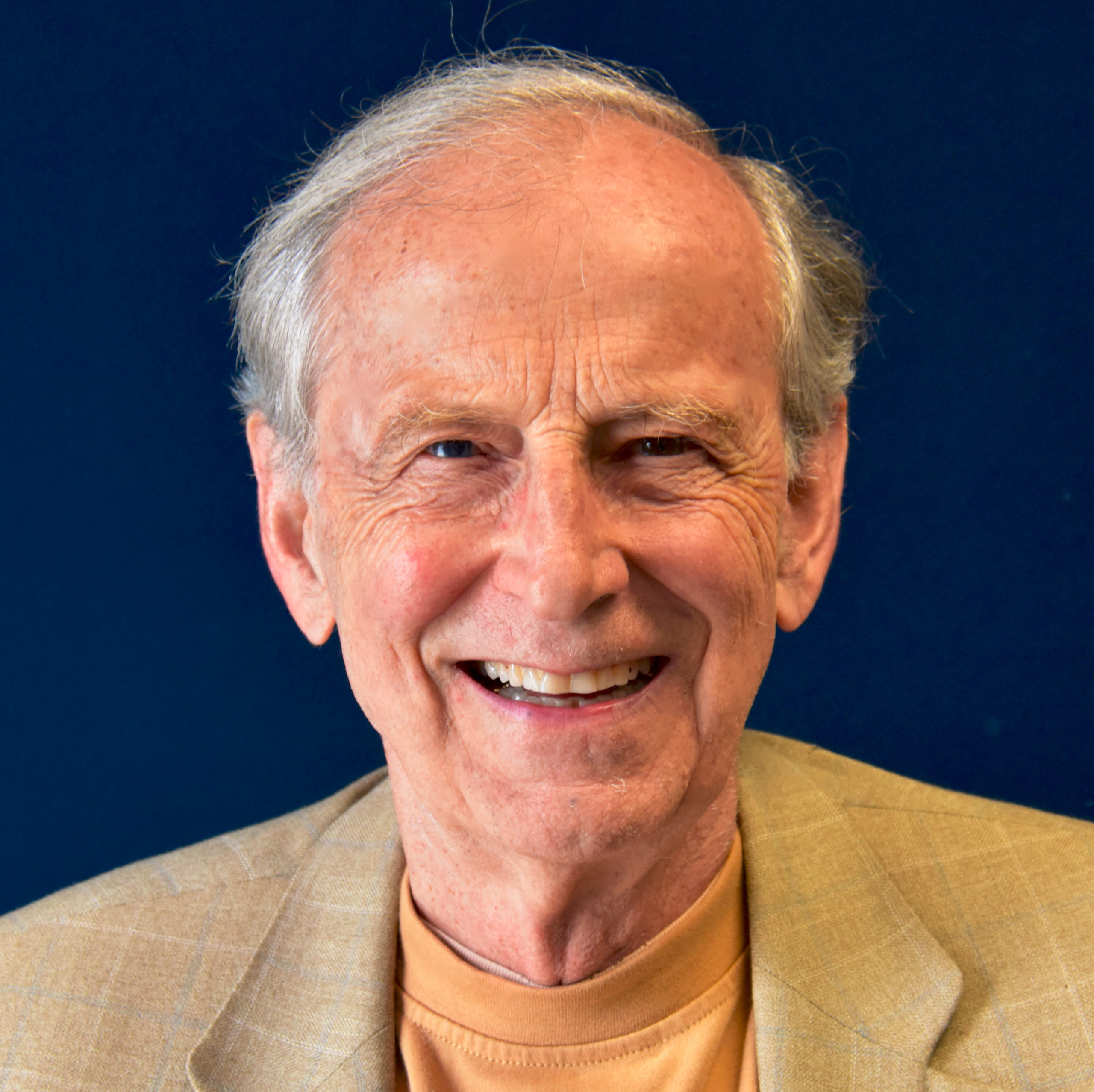
Arthur D. Yaghjian,
Research Consultant, Concord MA 01742 USA
Email: a.yaghjian@comcast.net
After briefly tracing the history of quality factor from K.S. Johnson’s definition (c. 1914), as the ratio of the inductive reactance to the parasitic resistance of a coil (inductor), up to its latest field definition valid for highly dispersive lossy antennas, we derive the robust Qz formula for the fractional reflection-coefficient bandwidth of a tuned (at angular frequency ω0) linear circuit or antenna in terms of the frequency derivative of its input impedance at ω0. It is then shown that both this bandwidth Qz formula and the conventional formula for Q defined as ω0 times the ratio of the tuned energy stored to the average power dissipated determines the exact bandwidth of resonant and antiresonant RLC series and parallel circuits, respectively. Moreover, these quality factors determine the damping constant of the ringing ω0-sinusoidal voltages and currents induced in these circuits by a time-domain impulse function. For other tuned circuits and antennas, neither Q nor Qz always well approximate their bandwidths. Thus, necessary and sufficient criteria are given for these quality factors to accurately determine the bandwidth and it is explained why both quality factors are important for antenna research and design. The lower bounds on antenna Q obtained by Chu, Collin & Rothschild, and Fante are compared to each other and to Qz, and it is shown that these lower bounds can be approached if magnetic material is used in addition to electric currents. We conclude by proving that, without using Bode-Fano matching, the Chu et al. lower bounds on Q (upper bounds on bandwidth) can be overcome by tuning an antenna with either Lorentzian dispersive material or a simple Lorentzian circuit.
Arthur D. Yaghjian received the B.S., M.S., and Ph.D. degrees in electrical engineering from Brown University in 1964, 1966, and 1969, and an Honorary Doctorate from the Technical University of Denmark in 2020. After teaching for a year, he joined the research staff of the National Institute of Standards and Technology (NIST), Boulder, CO in 1971 and transferred in 1983 to the Air Force Research Laboratories, Bedford, MA until 1996. His early research at NIST helped pioneer the development of probe-corrected near-field antenna measurements for accurately characterizing modern antennas in both the frequency and time domains. More recently, he has extended the spherical-wave near-field antenna theory to the rigorous analysis of the partially coherent fields radiated by the sun and other stars. His research in electromagnetic theory has led to the fundamental determination of electromagnetic fields in spatially dispersive as well as temporally dispersive natural materials and metamaterials. He has derived the definitive microscopic and macroscopic force and energy expressions for both diamagnetic and paramagnetic media. He has contributed significantly to the determination and fundamental understanding of the classical equations of motion of accelerated charged particles. In the area of high-frequency diffraction, he obtained convenient robust expressions for incremental length diffraction coefficients that are currently used to predict bistatic scattering and reflector antenna performance in commercial high-frequency computer codes. His fundamental characterization of antennas, including the determination of the upper bounds on the bandwidth of complex antennas, has had a major impact on the research and development of modern electrically small antennas. He holds the patent on supergain electrically small antennas. He is an IEEE Life Fellow and has been an IEEE-APS Distinguished Lecturer. He has received the IEEE Electromag-netics award, the IEEE-APS Distinguished Achievement award, four IEEE Schelkunoff prize paper awards, and has written two widely referenced books, one in the IEEE Press Series on Electromagnetic Wave Theory..